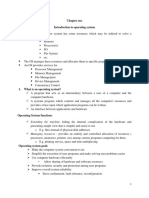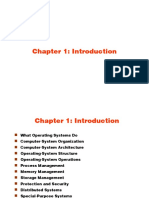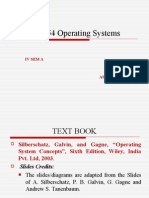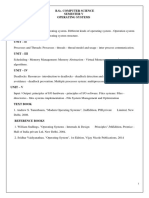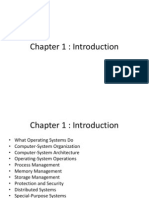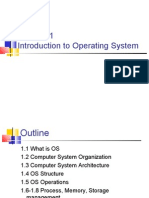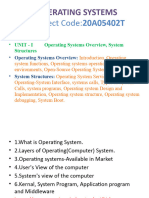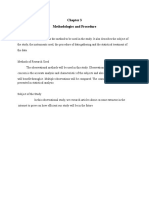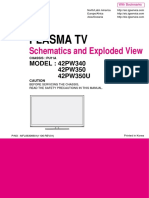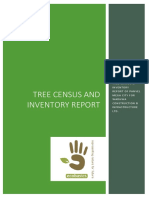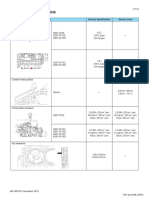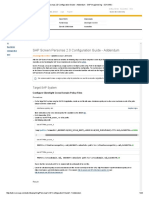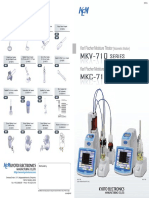0% found this document useful (0 votes)
75 views10 pagesOperating System Mainframe Systems
The document discusses different types of operating systems:
1. Mainframe systems originally used batch processing to reduce setup time for similar jobs by running them sequentially. Multiprogramming allowed the CPU to switch between programs for more efficient resource usage.
2. Time-sharing systems allowed interactive use by multiple users simultaneously through fast switching between programs in memory.
3. Distributed systems distribute computation across several physical processors for benefits like resource sharing, load balancing, and reliability. Real-time systems provide fixed-time constraints for applications like process controls.
Uploaded by
Arnel DimaanoCopyright
© © All Rights Reserved
We take content rights seriously. If you suspect this is your content, claim it here.
Available Formats
Download as DOCX, PDF, TXT or read online on Scribd
0% found this document useful (0 votes)
75 views10 pagesOperating System Mainframe Systems
The document discusses different types of operating systems:
1. Mainframe systems originally used batch processing to reduce setup time for similar jobs by running them sequentially. Multiprogramming allowed the CPU to switch between programs for more efficient resource usage.
2. Time-sharing systems allowed interactive use by multiple users simultaneously through fast switching between programs in memory.
3. Distributed systems distribute computation across several physical processors for benefits like resource sharing, load balancing, and reliability. Real-time systems provide fixed-time constraints for applications like process controls.
Uploaded by
Arnel DimaanoCopyright
© © All Rights Reserved
We take content rights seriously. If you suspect this is your content, claim it here.
Available Formats
Download as DOCX, PDF, TXT or read online on Scribd
/ 10



















